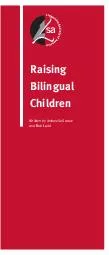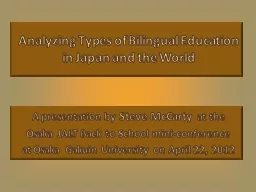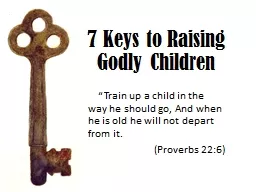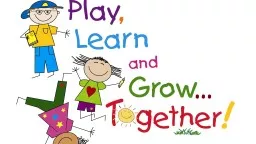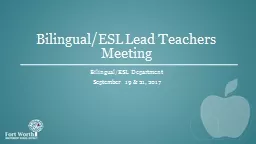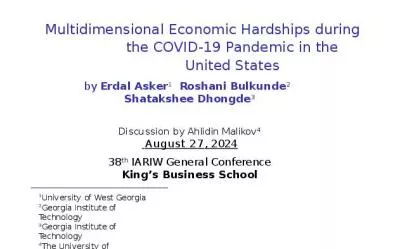PDF-Raising Bilingual Children Written by Antonella Sorace and Bob Ladd research found were
Author : faustina-dinatale | Published Date : 2015-02-23
Bilingual development sometimes results in slightly slower language development than for some mono lingual children Our older child was still saying things like
Presentation Embed Code
Download Presentation
Download Presentation The PPT/PDF document "Raising Bilingual Children Written by An..." is the property of its rightful owner. Permission is granted to download and print the materials on this website for personal, non-commercial use only, and to display it on your personal computer provided you do not modify the materials and that you retain all copyright notices contained in the materials. By downloading content from our website, you accept the terms of this agreement.
Raising Bilingual Children Written by Antonella Sorace and Bob Ladd research found were: Transcript
Download Rules Of Document
"Raising Bilingual Children Written by Antonella Sorace and Bob Ladd research found were"The content belongs to its owner. You may download and print it for personal use, without modification, and keep all copyright notices. By downloading, you agree to these terms.
Related Documents

